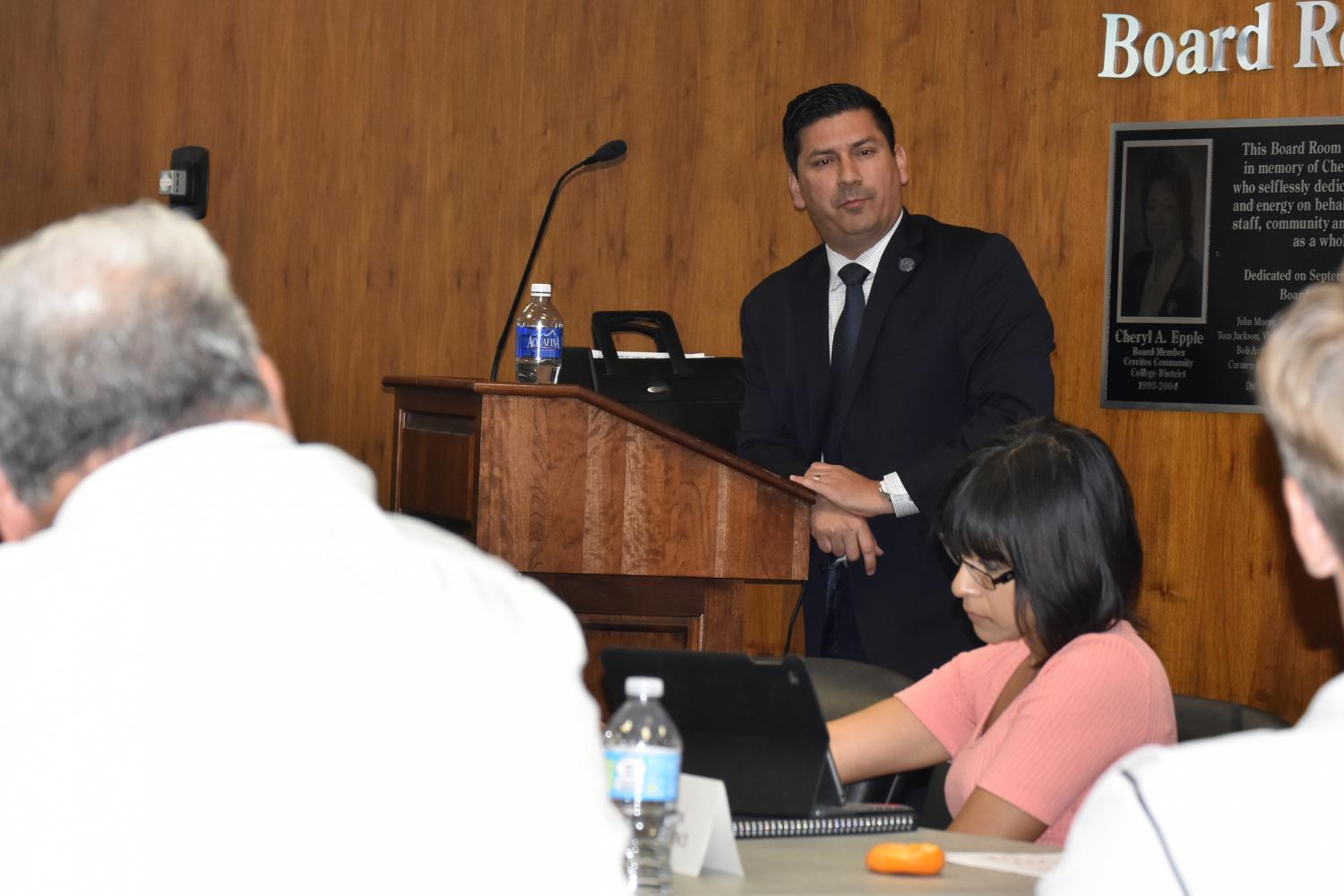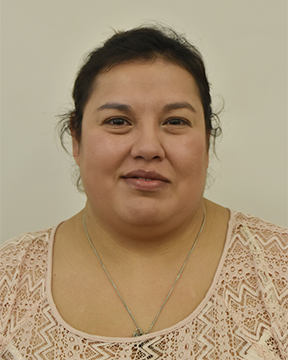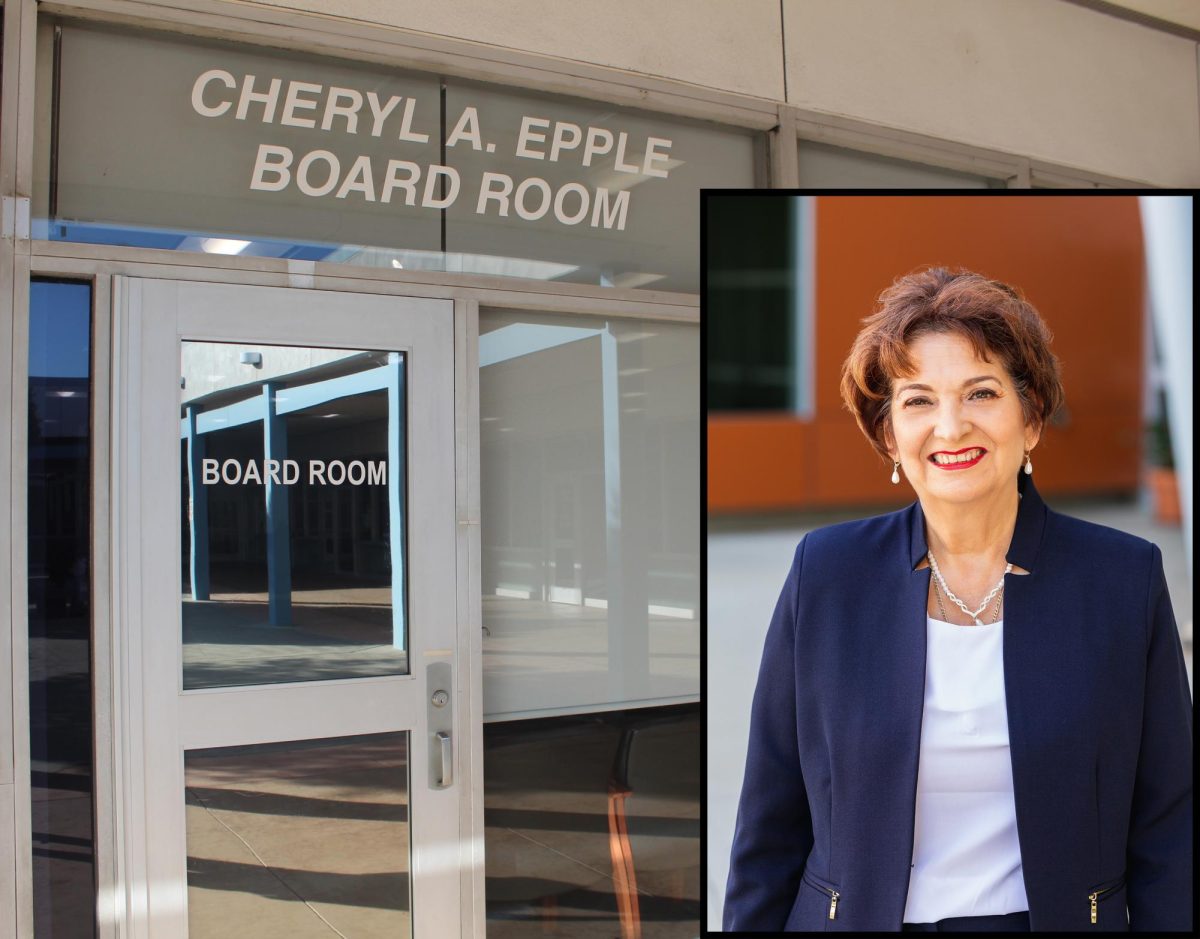One or two weeks before the class starts and an email arrives saying Sociology 215 was canceled.
What happened next was the search for a substitute class that still fit within student senate Liaison Allen Malfavon’s education plan.
Fortunately, for Malfavon the change in class led him to discover he wanted to do economics as a major.
Sixty percent enrolled makes the difference between a class being cancelled or remaining open.
Currently there is no official class cancellation policy; Faculty Senate President Michelle Lewellen said, “we have had a policy from a 2003 memo that says 60 percent or 20-21 students, whichever is higher that’s our current cancellation [Administrative Practice].”
In class that has a maximum occupancy or fill of 60 students that means it needs 36 students to be enrolled in the class for it not to be cancelled.
However, if the same AP is applied to a class with a maximum occupancy set at 35 students, then only 21 students are needed to keep that class from closing.
The use of a percentage makes the 21 students from one class seem more valuable than the 36 from the other class, since the 21 students from one class are enough to maintain the class open.
Lewellen considers there to be a few problems with the current class cancellation AP.
One the AP is 14 years old.
Two the AP is not a policy it is based on a memo that was sent.
Three the cut of dates for canceling classes are way too late, classes are being cancelled the week or the day before the semester starts.
Four it disenfranchises the students that have classes canceled.
For students that means looking for a new class to substitute for the one that was canceled, which fits both their educational plan and the rest of their class schedule, all within one or two weeks before the start of a semester.
Lewellen said, for faculty members, a canceled class means a loss of income; it also means all the preparations made for canceled classes go unpaid for.
For the past year Faculty Senate, has asked for a change to the current administration practice for canceling classes.
They ask to be told what the minimum number of students needed to keep a class from being canceled is and how the Vice President of Academic Affairs would make exceptions in a case by case basis.
Lewellen said, “I’m disappointed, we have students that are relying on a consistent schedule and we’re two weeks off from summer and no classes have been canceled nor do we know how classes are going to be cancelled, so yeah that’s very disappointing.”
Vice President of Business Services Felipe Lopez said, the issue with the class cancellation AP, has been on his radar since January when he took his current position.
His office is providing support for the Academic Affairs department by analyzing if converting the 60 percent into an actual number would be beneficial and trying to find a balance between keeping a class open and not losing money doing so.
He said, “We don’t want to run a class that potentially loses money.”
Although he said the AP is closed to being settled an in place for the 2017 Fall Semester; there are still questions on whether the AP should include a combination of a set number and a percentage to accommodate large and small classes.
The class cancellation AP would also include the flexibility to have classes in danger of being canceled to be reviewed on a case by case basis.
“We want to make sure we don’t hurt the students that need a class that is at risk of being cancelled to graduate. That’s when exceptions are made […] we allowed it [class] to go at a less than fill rate,” Lopez said.
With regards to the time classes remain open before being canceled Lopez said once open enrollment starts the class needs to be open for as long as possible.
“That’s everywhere around the state.” A change in the AP would not change the time frame for canceling a class.
President Jose Fierro said, “We all have a role to play in that,” referring to the class cancellation AP.
He said the conversation to develop a new cancellation AP, one that is more comprehensive, requires the input from the Vice President of Business Lopez the President of the Faculty Senate Lewellen, the Vice President of Academic Affairs and his. They have been having those conversations for the last six months to a year.
“It’s not only whether or not the class goes; it’s whether or not that has financial implications at the institution,” Fierro said.










